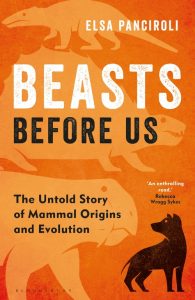 Elsa Panciroli is a palaeontologist who studies the evolution and ecology of extinct animals – particularly mammals from the time of dinosaurs. She is a researcher based at the University of Oxford and an associate researcher at the National Museum of Scotland. A keen science communicator, she has contributed to The Guardian, Palaeontology Online and Biological Sciences Review, and co-hosts the Palaeocast podcast. Beasts Before Us is her first book and tells the amazing story of early mammal evolution, taking the reader back well before the dinosaurs even rose to prominence. Leading up to publication, we reached out to Elsa and asked her some questions.
Elsa Panciroli is a palaeontologist who studies the evolution and ecology of extinct animals – particularly mammals from the time of dinosaurs. She is a researcher based at the University of Oxford and an associate researcher at the National Museum of Scotland. A keen science communicator, she has contributed to The Guardian, Palaeontology Online and Biological Sciences Review, and co-hosts the Palaeocast podcast. Beasts Before Us is her first book and tells the amazing story of early mammal evolution, taking the reader back well before the dinosaurs even rose to prominence. Leading up to publication, we reached out to Elsa and asked her some questions.

You write that you started your palaeontology career interested in dinosaurs and Ice Age megafauna. What turned you on to the path of our mammal ancestors?
Like so many things in life, it was serendipity. During my masters degree the renowned mammal palaeontologist, Prof Christine Janis, moved back to the UK from the US. I’d recently read her paper on giant extinct kangaroos and I was excited to meet her and learn more. It turned out she was offering a project studying mammal ankle bones, so although there were dinosaur projects available, I jumped at the chance to work with Christine. I learned so much from her, she was (and still is) a brilliant mentor. I soon realised what a lot of questions were still to be answered about extinct mammals. Afterwards, I did my PhD on little-known Jurassic mammals from Scotland, and started exploring their even more ancient past – I just couldn’t believe what I discovered! That’s why I wanted to write the book, to share what I had learned.
Given that we are so biased to mammals where, for example, conservation is concerned, why do you think that there has been so little mainstream interest in early mammal evolution? Your book shows that there is a fascinating story playing out before dinosaurs even evolved. Do the dinosaurs in that sense enjoy the advantage of incumbency in our imagination? Or do the details of mammal evolution not easily lend themselves to telling a captivating story?
I disagree that mammal evolution doesn’t lend itself to story-telling, but the many authors who’ve tackled the subject up to now focused on recent evolution and assumed everything before then wasn’t relevant. I wrote Beasts Before Us because our ancient relatives are incredible! I was quite shocked by this whole plethora of animals that not only predate the dinosaurs, but were incredibly successful, bizarre and exciting. They were the first to evolve iconic features we are fascinated by today, like large body size, sabre-teeth and gnarly horns. It’s just the icing on the cake that they are actually related to us. I wanted to show people the history of mammals isn’t a story of waiting in the wings for the dinosaurs to disappear, but of the stunning success our lineage (synapsids) over the last 350 million years, including before dinosaurs even existed.
I think there are a few different reasons why early mammal evolution doesn’t get the same love as dinosaurs. Dinosaurs are kind of otherworldly – in fact you might argue they are almost mythical – so naturally this makes them extremely compelling. As a result, people forget to look beyond them at what else has happened in evolutionary history. The media don’t help, because they overly focus on dinosaurs and always plaster them centre stage. Dinosaurs have become a touchstone for ancient, and other discoveries are always placed in relation to them. There is a lot of dino-noise to get through if you want to tell the stories of other animal groups!
An important theme in your book is that evolution is not a march of progress but a process of adaptation to current circumstances. It seems that our early ancestors thoroughly explored the space of possibilities and pioneered both behaviours (e.g. digging underground burrows) and morphology (e.g. sabre-toothed therapsids) that would later evolve again independently through convergent evolution. Are there examples of morphological adaptations or suspected behaviours in early mammals that have not reoccurred in more recent mammal evolution?
That’s a really interesting question! As we make new fossil discoveries, it’s increasingly apparent that there is very little happening on Earth today that hasn’t been done multiple times before by other animals. Of the top of my head, I can’t think of anything they – or other animals – did in the past that hasn’t reappeared again, nature is just like that. If anyone can think of something they can always tweet me about it!
I thought one very interesting idea you mention concerns the adaptive radiation of therians, i.e. the group that gave rise to both marsupials and the placental mammals to which we belong. They remained a species-poor group until after the dinosaurs went extinct, and it is traditionally thought it was competition from the dinosaurs that held them back. Instead, here, and in the Current Biology paper that just been published (congratulations, by the way), you argue that it was competition from other mammaliaform groups that held back the therians. Can you give us the elevator pitch in support of this idea?
Part of the problem is that the fossil record can be very misleading, and we can’t easily separate cause and effect. People saw that mammals became larger when non-bird dinosaurs disappeared, and so they drew a causal line between the two. To tackle this issue more robustly, my co-authors and I compiled big datasets of the changes taking place in the skeletons and teeth of mammals from the time of dinosaurs, and just afterwards. Our results showed that in the earlier-branching groups of mammals the number of changes taking place in their bodies continued to rise – in other words, they were still splitting into new groups and evolving new specialisations. But for the therian mammals (which include the ancestors and relatives of all modern mammals except platypuses and echidna), the number of changes was pretty flat in the time of dinosaurs. That is, until the disappearance of the earlier mammal groups – some of which didn’t become extinct until after the non-bird dinosaurs. Crucially, it wasn’t until these later extinctions that we really see therians diversifying more widely, therefore showing that it was competition with the other mammals that had been preventing them from diversifying prior to that point.
You mention Clashach quarry in Scotland as a site of great scientific interest due to its record of fossil footprints. I often shudder to think how many body and trace fossils are destroyed forever during mining and construction activities. Do you generally find commercial operators willing or interested to cease or move activities when fossils are found? Or would most rather just quietly ignore them to prevent costly delays?
Although you’re right that fossils are destroyed during extraction, we can’t forget that most fossils wouldn’t have been discovered in the first place if it wasn’t for quarrying and mining! The ties between extractive industries and palaeontology are really important, but they also form part of the colonialist history of the discipline, which we must acknowledge. The attitude of extraction companies varies from place to place, but many are really keen to support scientific study as much as they can. For example I know several have welcomed info sheets and talks from experts on how to recognise fossils, so that the workers know what to look out for. They’ll often put aside potential fossil finds so that they can be examined and studied. It’s hard to find a balance between industry and conservation, but for the most part quarry workers are just as excited about fossils as everyone else!
In your book, you broach the sensitive issue of decolonisation, acknowledging the often dark and unsavoury history of our scientific disciplines. Beyond words, what actions do you think are necessary to get to terms with our past? For example, is the repatriation of museum specimens always the preferred option?
Decolonising science and museum collections is a complex subject, and I’m not an expert, but the first step for all of us is to listen: we need to hear about, understand, and explore the legacy of colonialism and empire on our lives, not dismiss it. Repatriation of objects is appropriate in some cases, but there are many other things that need to happen as well. For example many objects are completely separated from their context – where they came from, the circumstances of their collection, and who collected them. We need to ask ourselves what the purpose of collections actually is now, who they are for? The scientific system itself was built in such a way that it biases who carries out research, how we carry it out, how it’s published, and who benefits. It’s going to take time and thought to rebuild it to be more equitable.
I was very impressed with the visual language you use throughout this book and read that you have a keen interest in science communication. I am a regular listener of the Palaeocast podcast that you co-host, but beyond that, what other platforms and outlets do you contribute to?
I have to admit I don’t keep a regular online presence at the moment, except for my twitter feed! I used to blog, but as I’ve ended up writing more articles (I wrote for The Guardian for a while, and some other freelance work) I’ve had less time. However, when possible I place content on my YouTube channel, particularly short videos explaining new research, or talking about fossils. I’ve also done some readings of Beasts Before Us, if you want a wee taster!
Beasts Before Us is your first book. Now that it has been published, is it time to turn your attention back to research, or was the experience rewarding enough that we can look forward to more books in the future?
I’ve actually been carrying out my research alongside writing, which has been pretty exhausting! It’ll be nice to devote more attention just to the research for a while. Having said that, I do have a second book lined up, and many more ideas in the queue, so you can definitely expect more in the future!
Beasts Before Us: The Untold Story of Mammal Origins and Evolution
By: Elsa Panciroli
All prices correct at the time of this article’s publication.

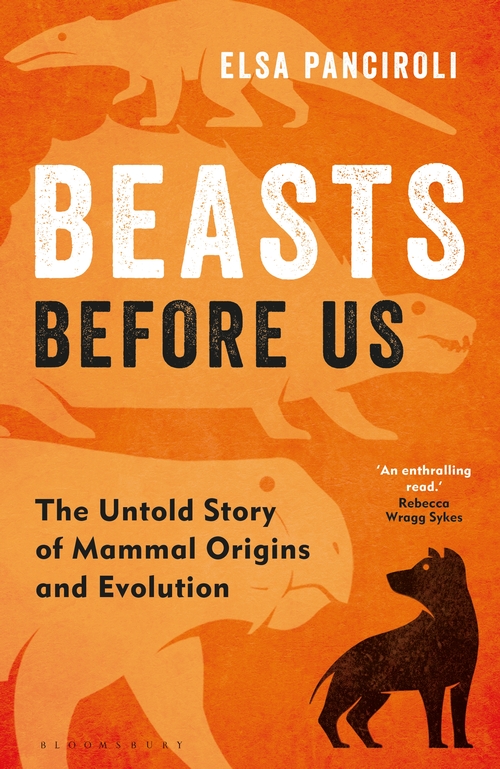
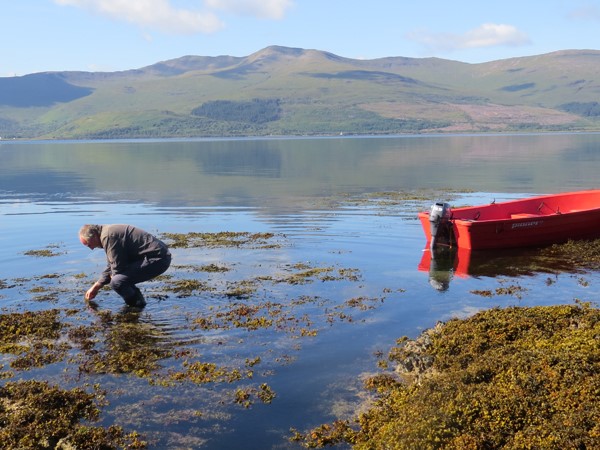
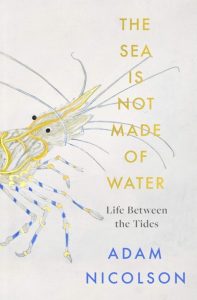
 For nearly thirty years now I have been going to stay in a small house at the head of a bay on the west coast of Scotland. It is somewhere my wife’s family have been going for generations and now our children and grandchildren love it too. It has everything you might long for from a place like that: cliffs, woods, waterfalls, a dark beach made of basalt sands, a lighthouse, a ruined castle, stories, beauty, birds, fish; but one thing it did not have because of the geology, was a rockpool. For years I have dreamed of making one – a place of stillness set in the tide, and this book is the story of how I made three of them in different parts of the bay; one dug in with a pickaxe; one made by damming a narrow exit to the sea from a hollow so that the dam held the pool behind it; and one by making a circular wall low down in the intertidal.
For nearly thirty years now I have been going to stay in a small house at the head of a bay on the west coast of Scotland. It is somewhere my wife’s family have been going for generations and now our children and grandchildren love it too. It has everything you might long for from a place like that: cliffs, woods, waterfalls, a dark beach made of basalt sands, a lighthouse, a ruined castle, stories, beauty, birds, fish; but one thing it did not have because of the geology, was a rockpool. For years I have dreamed of making one – a place of stillness set in the tide, and this book is the story of how I made three of them in different parts of the bay; one dug in with a pickaxe; one made by damming a narrow exit to the sea from a hollow so that the dam held the pool behind it; and one by making a circular wall low down in the intertidal.
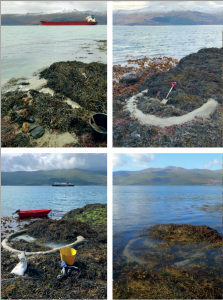 And so that provided the model – see what was there and look carefully at it. Of course, books like mine are entirely parasitic on the work of many generations of biologists and that too turned out to be the pattern. Watch the sand hoppers and then read about them. Read about them and see how much of what I read I could find on the shore. With prawns, winkles, shore crabs, anemones, limpets, sea-stars, urchins and barnacles, I simply oscillated between the pools and my books: what was there? What had people discovered about them? How did they interact? What were the principles governing their presence or absence? And with all of that came the repeated and slightly sobering realisation that unless I knew to look for something it was very difficult to see it was there. Mysteriously, we are often blind to what is in front of our eyes.
And so that provided the model – see what was there and look carefully at it. Of course, books like mine are entirely parasitic on the work of many generations of biologists and that too turned out to be the pattern. Watch the sand hoppers and then read about them. Read about them and see how much of what I read I could find on the shore. With prawns, winkles, shore crabs, anemones, limpets, sea-stars, urchins and barnacles, I simply oscillated between the pools and my books: what was there? What had people discovered about them? How did they interact? What were the principles governing their presence or absence? And with all of that came the repeated and slightly sobering realisation that unless I knew to look for something it was very difficult to see it was there. Mysteriously, we are often blind to what is in front of our eyes.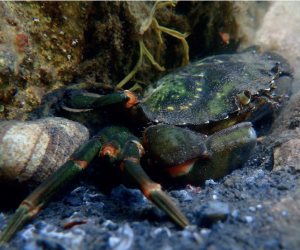 stages, can recognise the movements and timings of the tides. That sea anemones can identify other sea anemones that are not their relations and effectively destroy them. That prawns have an imagination – that might sound like too much, but it has been shown that they can remember past pain and project it into present and future anxieties. Anxiety is different from fear; it is a fear of what might be there. In other words a prawn can think beyond its present reality.
stages, can recognise the movements and timings of the tides. That sea anemones can identify other sea anemones that are not their relations and effectively destroy them. That prawns have an imagination – that might sound like too much, but it has been shown that they can remember past pain and project it into present and future anxieties. Anxiety is different from fear; it is a fear of what might be there. In other words a prawn can think beyond its present reality. garden whose walls are dissolved twice a day, an enclosure that becomes part of the general world with every high tide. That ambiguity is what entranced me, the sense of its being a micro-ocean, a micro-arcadia, a micro-laboratory in which all kinds of intimacies and precision in natural beings can be witnessed an inch beneath your nose.
garden whose walls are dissolved twice a day, an enclosure that becomes part of the general world with every high tide. That ambiguity is what entranced me, the sense of its being a micro-ocean, a micro-arcadia, a micro-laboratory in which all kinds of intimacies and precision in natural beings can be witnessed an inch beneath your nose.

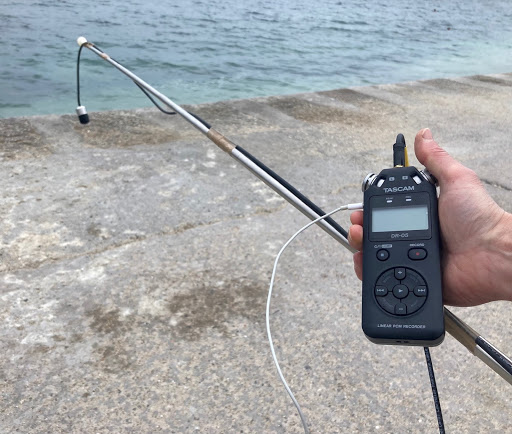


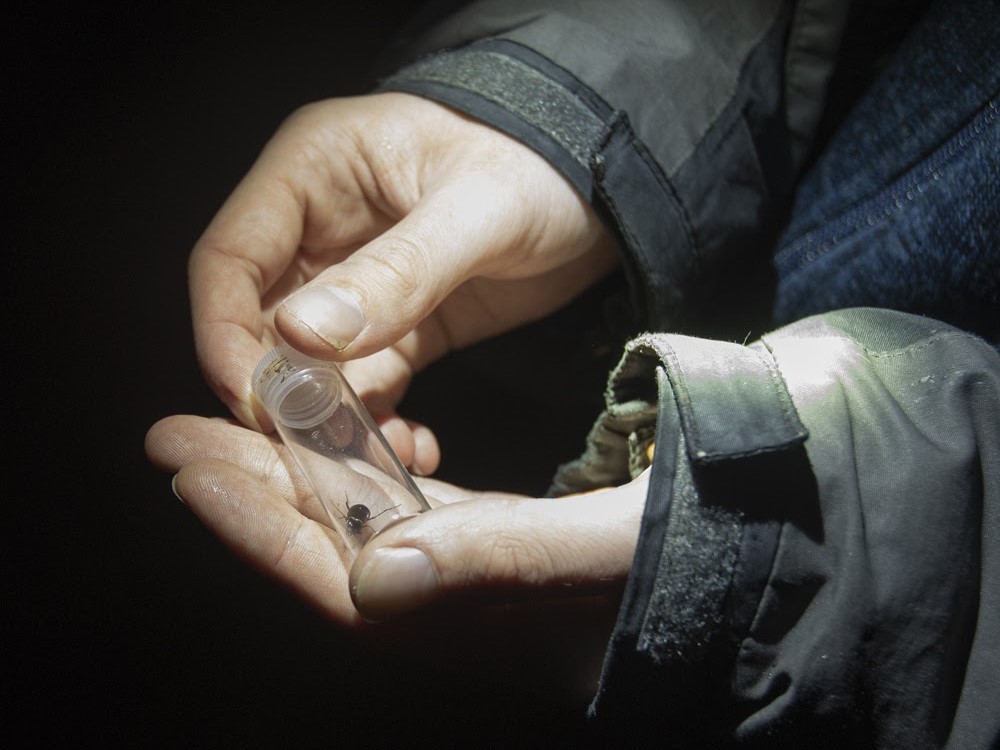
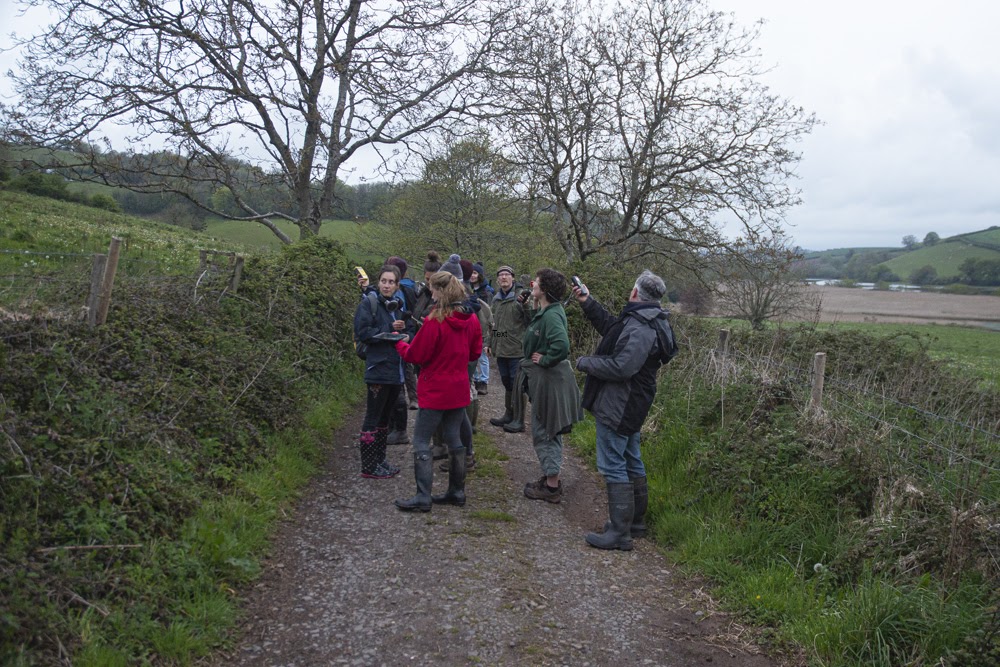
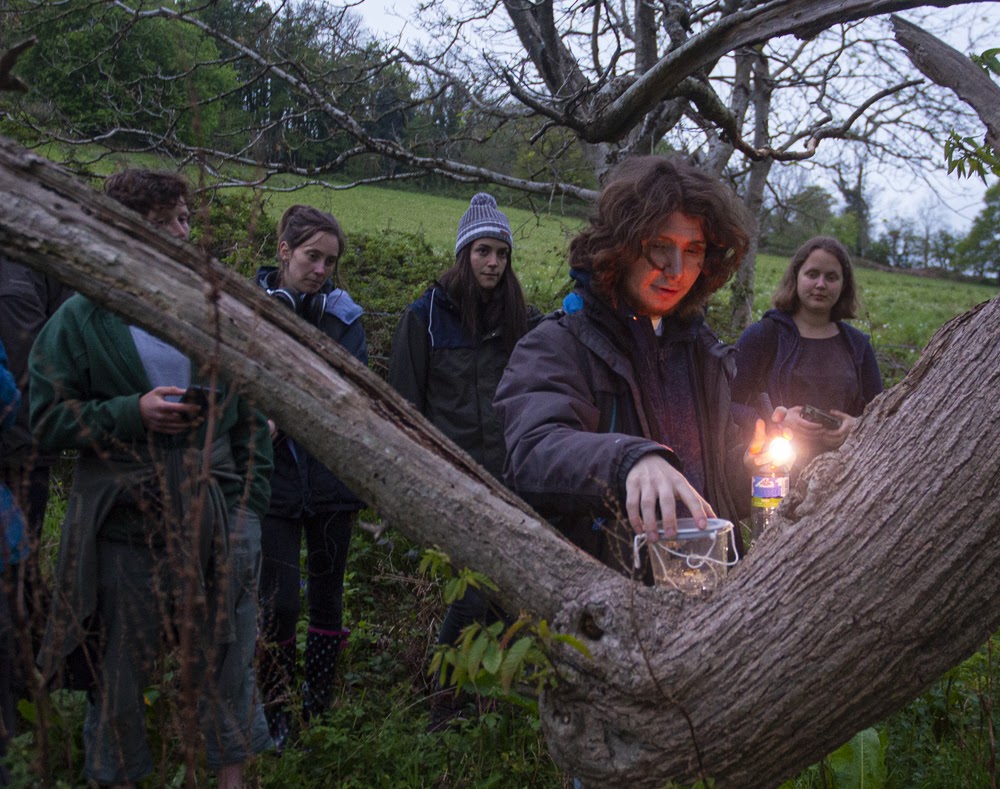
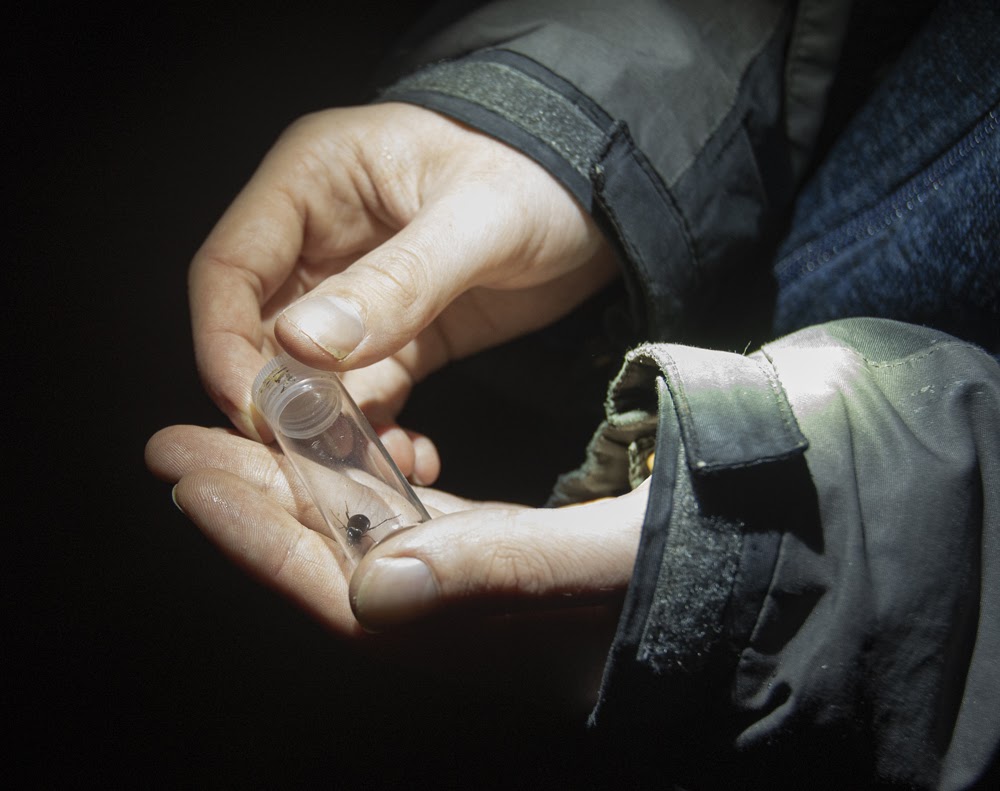

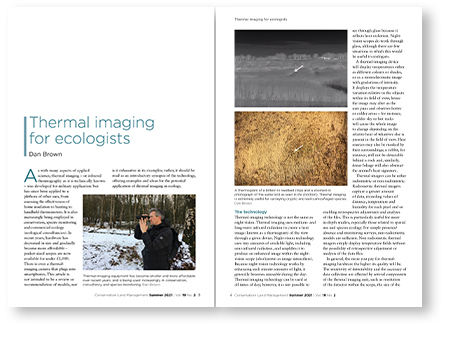
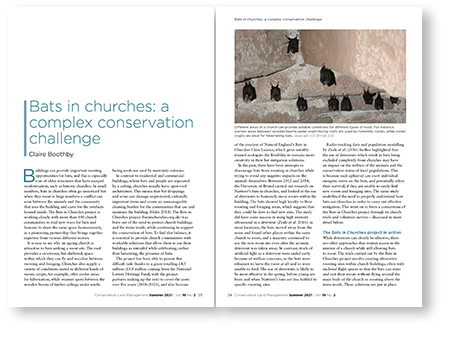
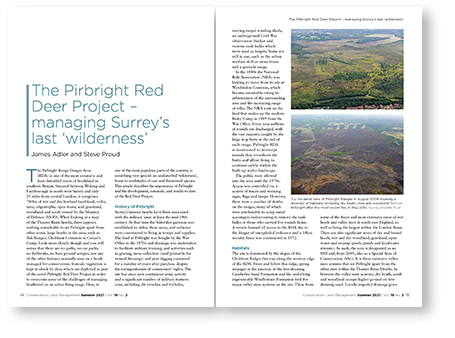
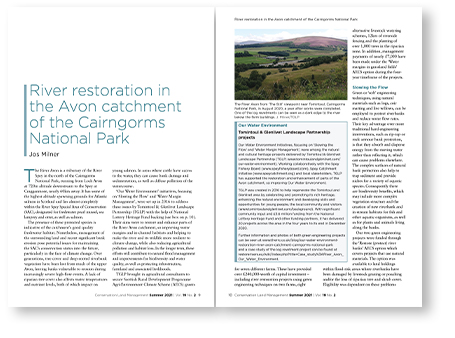
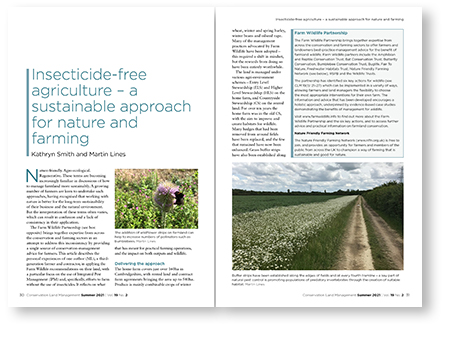
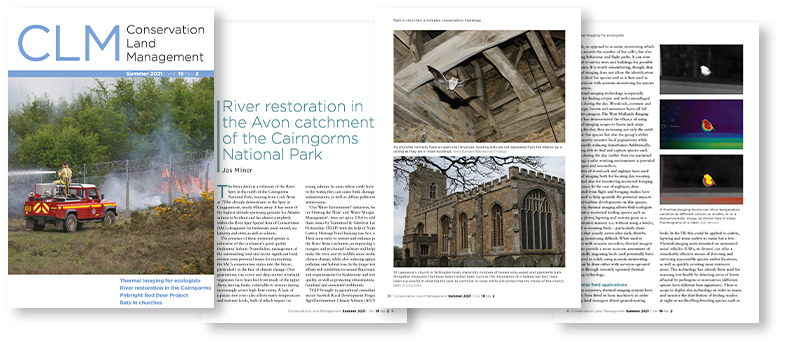

 The
The 
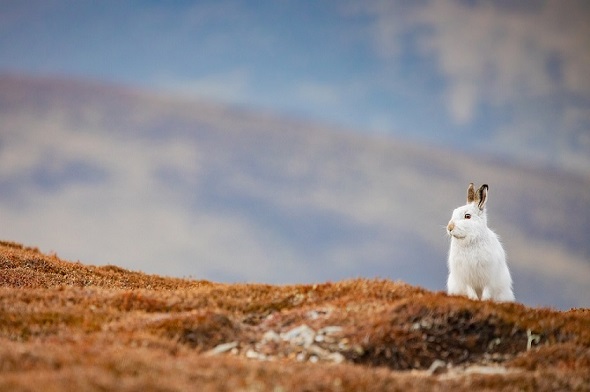
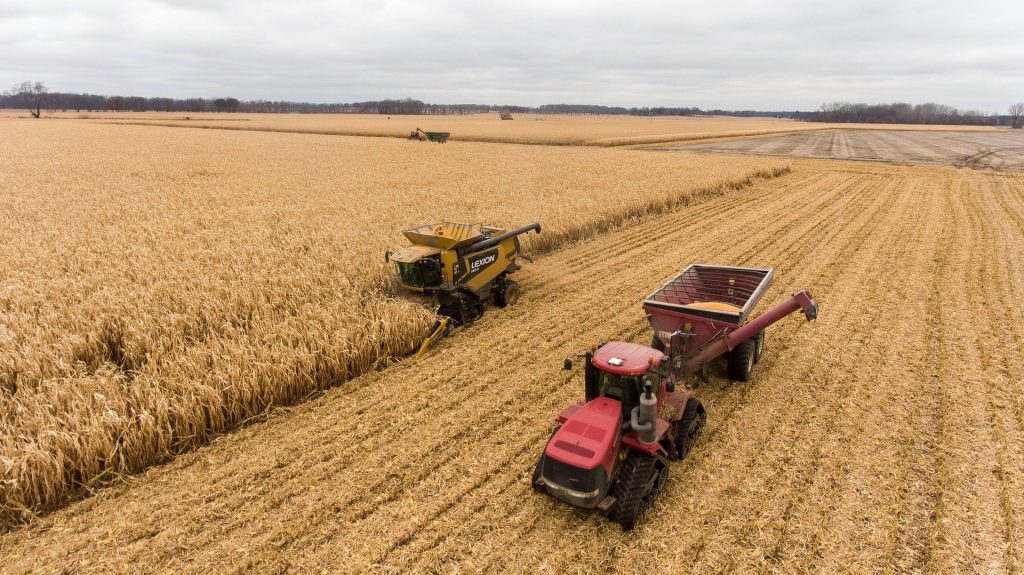
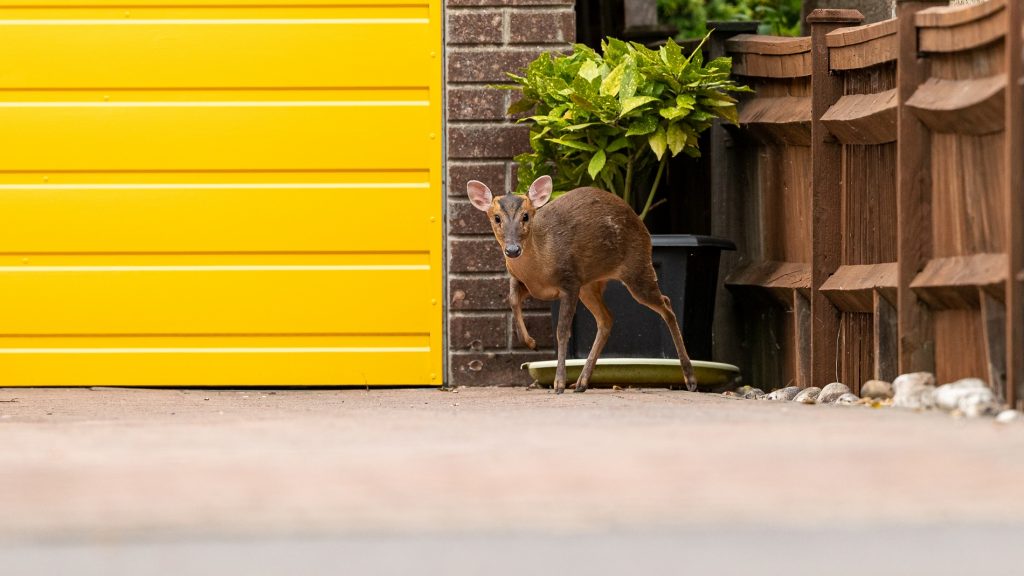
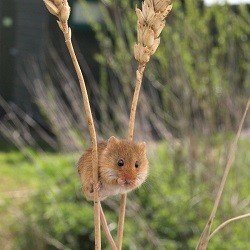 And most importantly – just go out there and watch mammals. I may be biased, but for me there is nothing better than being out in the countryside early on a spring morning watching the hares chasing around and knocking seven bells out of each other. You might like to stay up late watching badgers or bats, or enjoy the crazy antics of a squirrel on a bird feeder. It’s important that we engage with nature and encourage our children to do the same. If we don’t see and understand wildlife, we won’t fight for it. And, trust me, we need to fight for it.
And most importantly – just go out there and watch mammals. I may be biased, but for me there is nothing better than being out in the countryside early on a spring morning watching the hares chasing around and knocking seven bells out of each other. You might like to stay up late watching badgers or bats, or enjoy the crazy antics of a squirrel on a bird feeder. It’s important that we engage with nature and encourage our children to do the same. If we don’t see and understand wildlife, we won’t fight for it. And, trust me, we need to fight for it.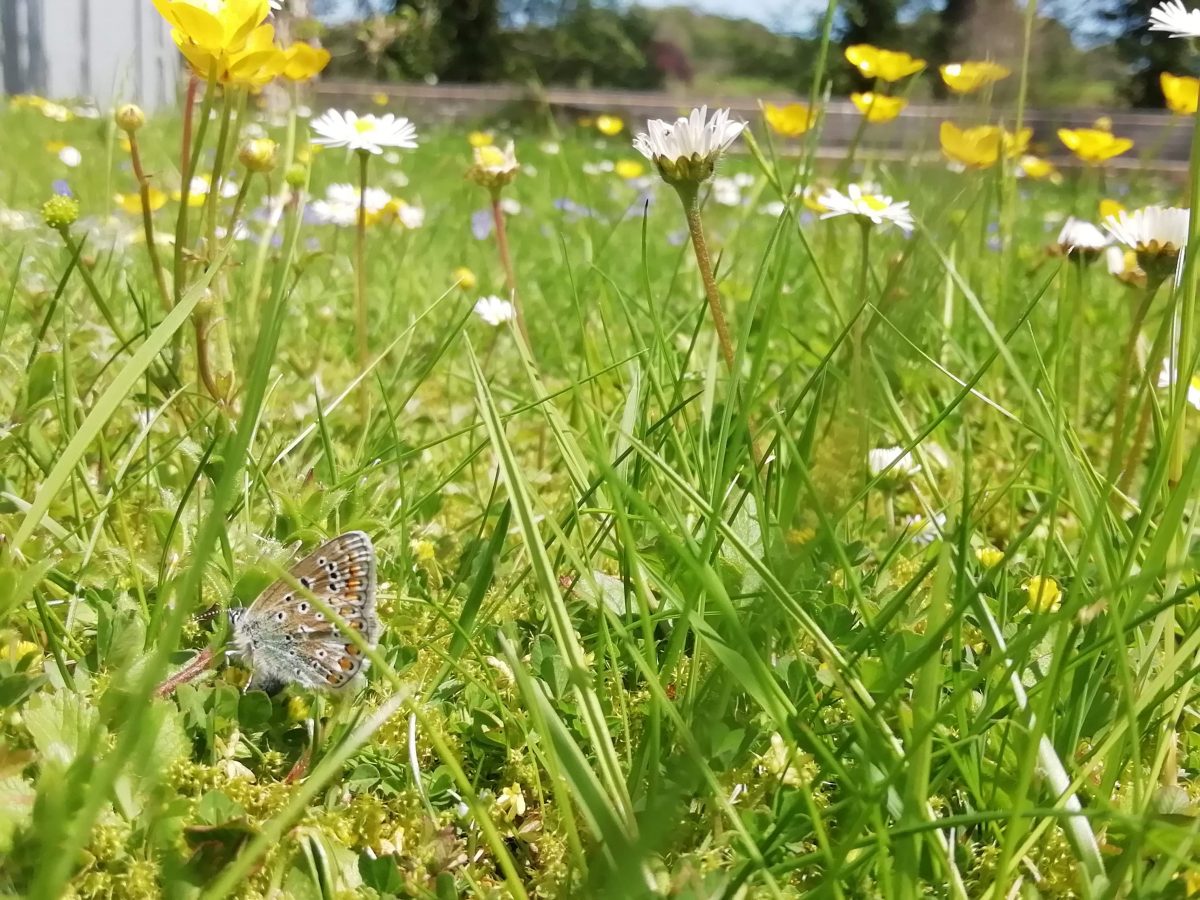
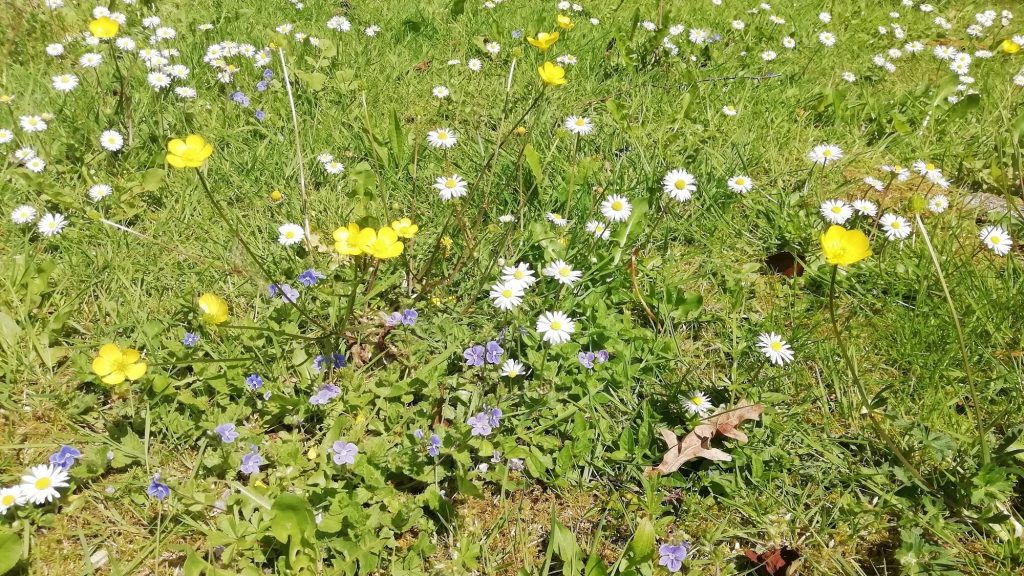
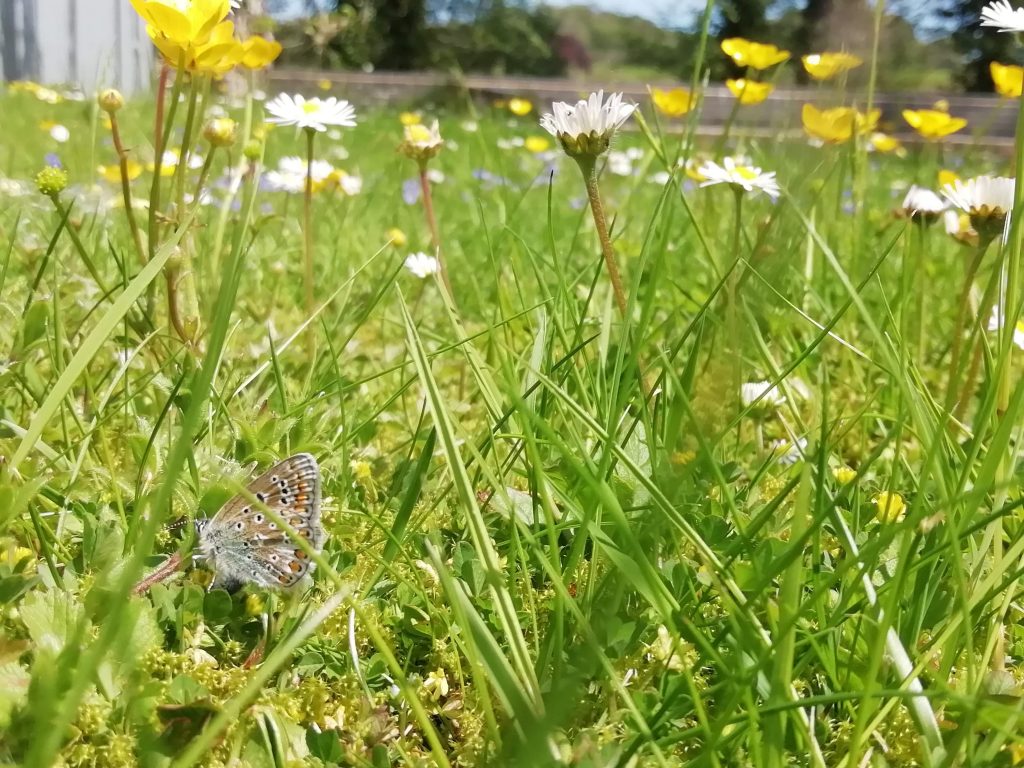
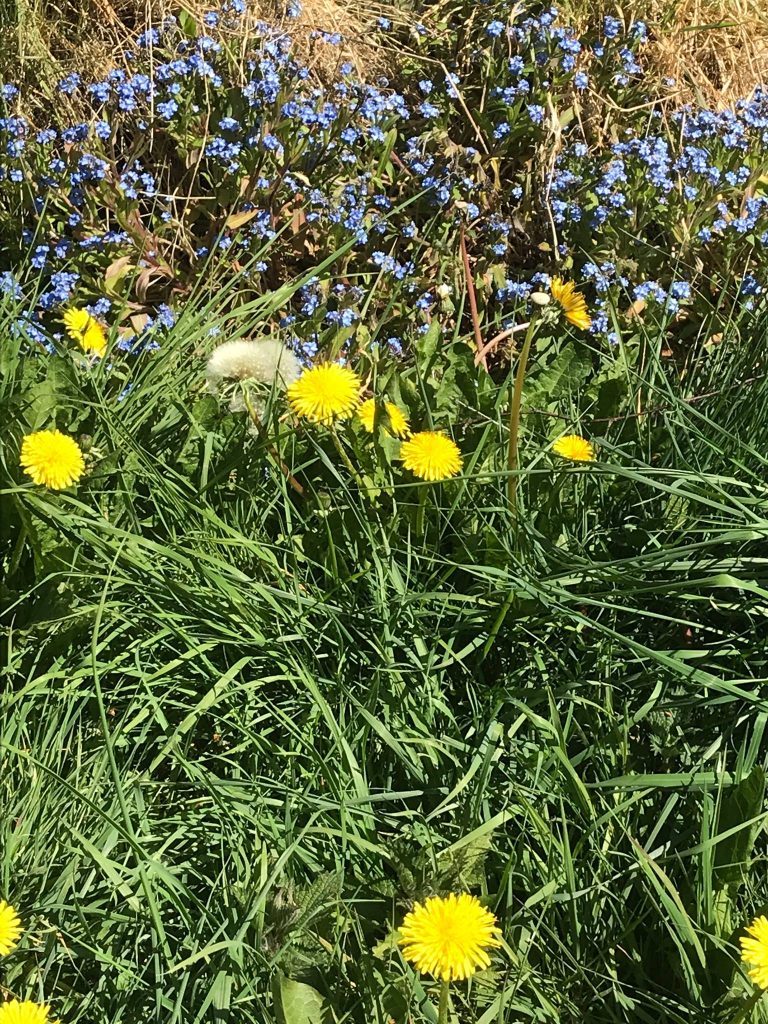
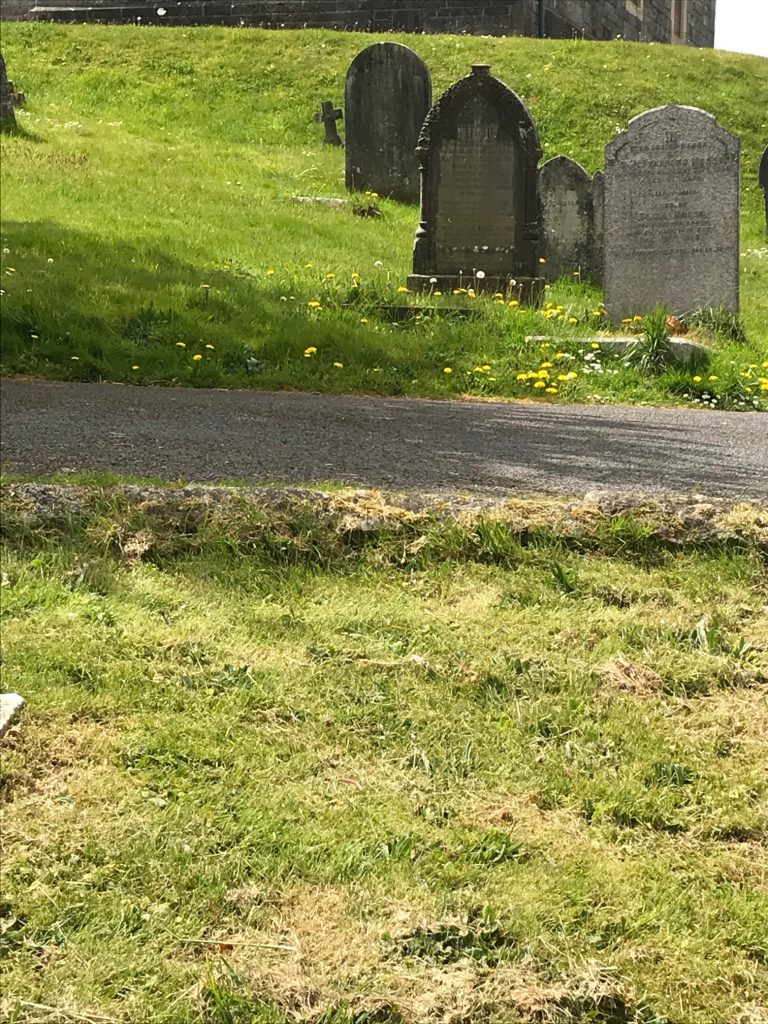
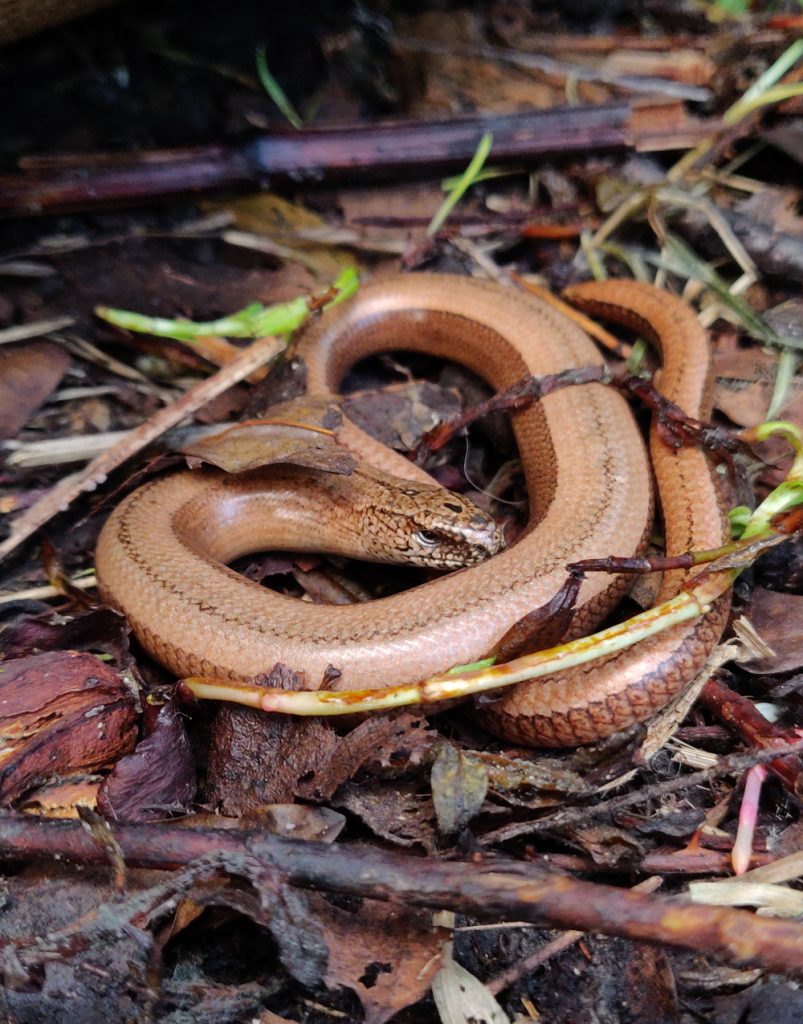


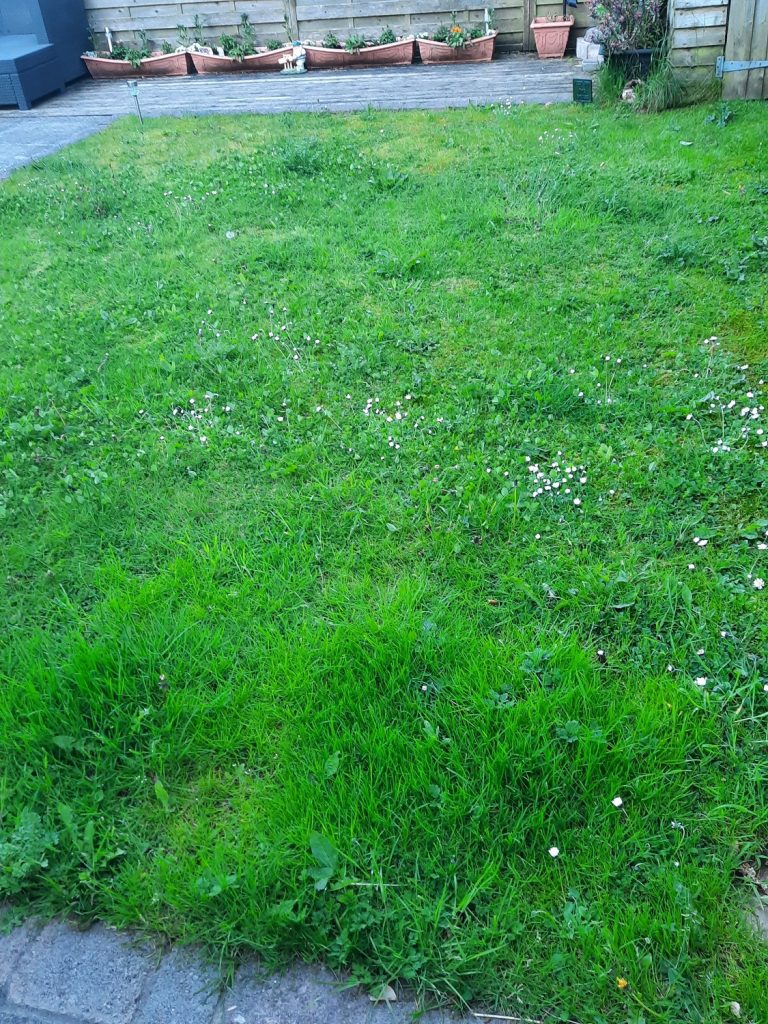
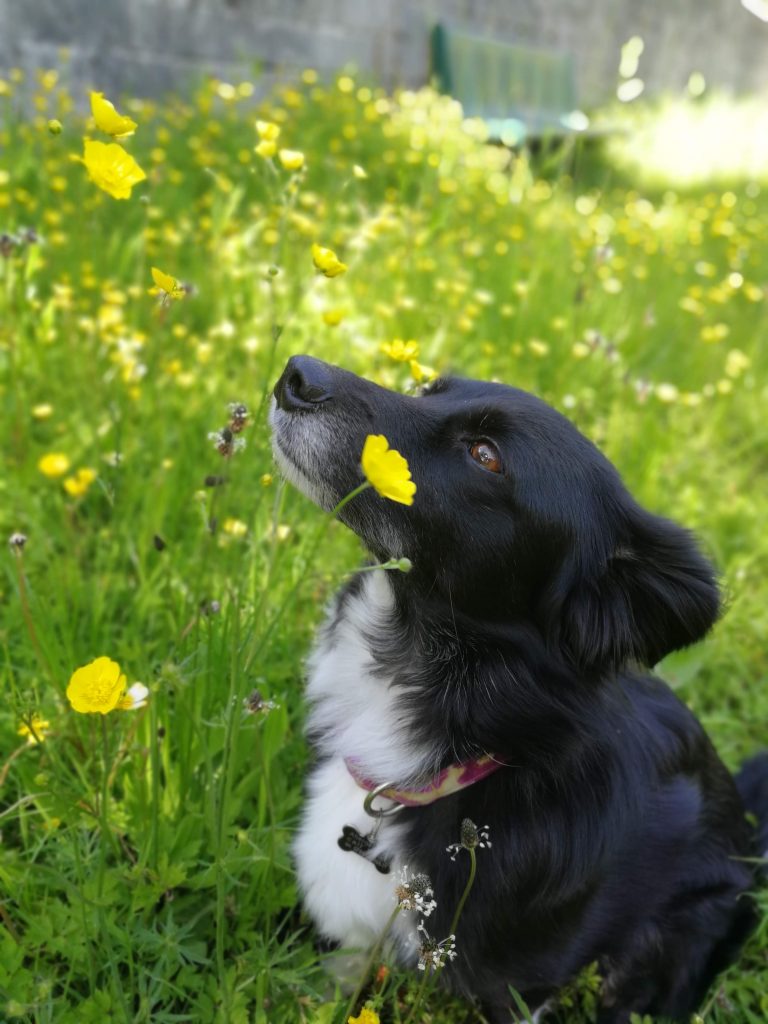
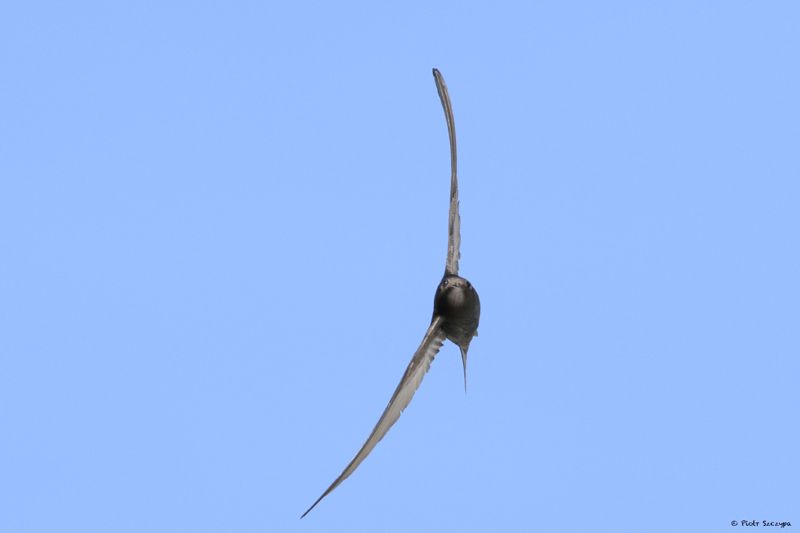
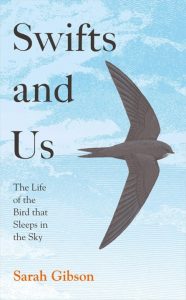
 slow I would be overtaken by very old people on Zimmer frames. It seemed as though I’d hit 97 five decades prematurely.
slow I would be overtaken by very old people on Zimmer frames. It seemed as though I’d hit 97 five decades prematurely.
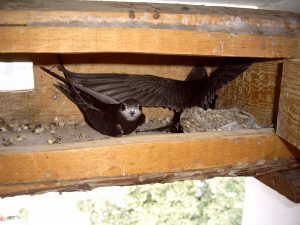
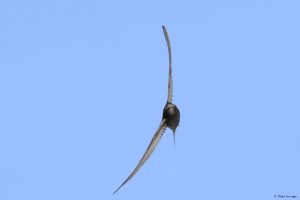
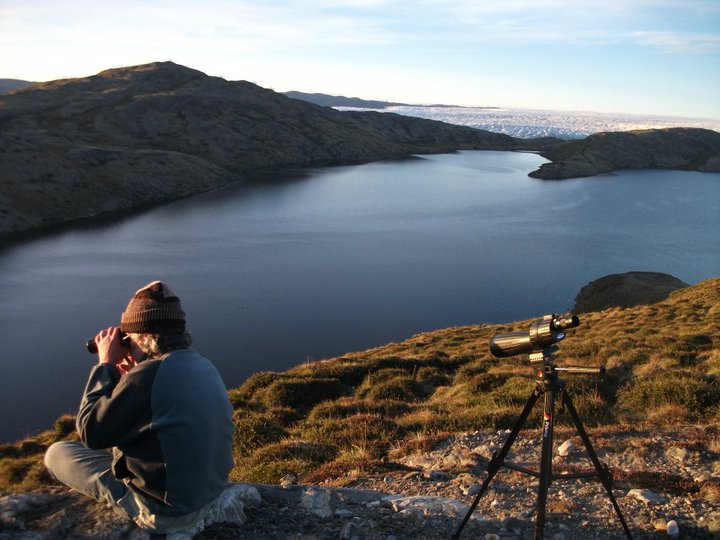
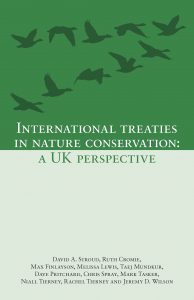 To the casual observer, global summits and the resolutions they produce can seem frustratingly ineffective – repeating cycles of targets set, missed and reset, with no obvious progress. Yet despite the apparent inertia, when used to good effect these processes can be powerful tools for positive change.
To the casual observer, global summits and the resolutions they produce can seem frustratingly ineffective – repeating cycles of targets set, missed and reset, with no obvious progress. Yet despite the apparent inertia, when used to good effect these processes can be powerful tools for positive change.  It’s hugely important. Not only do these treaties establish some of the most important conservation objectives, but they provide a means of learning from other experience. Typically, international treaties set a broad goal – such as ‘the wise use of wetlands’ in the case of the Ramsar Convention – but are much less prescriptive as to exactly how this will be delivered nationally. Accordingly, there is much to learn from the broad diversity of other national conservation experience in implementing treaty obligations. Such comparative experiences make these treaties fascinating and their study valuable.
It’s hugely important. Not only do these treaties establish some of the most important conservation objectives, but they provide a means of learning from other experience. Typically, international treaties set a broad goal – such as ‘the wise use of wetlands’ in the case of the Ramsar Convention – but are much less prescriptive as to exactly how this will be delivered nationally. Accordingly, there is much to learn from the broad diversity of other national conservation experience in implementing treaty obligations. Such comparative experiences make these treaties fascinating and their study valuable. Following on from the previous question, this book highlights the role and importance of NGOs (and a number of the authors themselves have been or are currently involved with NGOs). Do you think NGOs should have more involvement in environmental policy, both within the UK and on a global scale?
Following on from the previous question, this book highlights the role and importance of NGOs (and a number of the authors themselves have been or are currently involved with NGOs). Do you think NGOs should have more involvement in environmental policy, both within the UK and on a global scale? 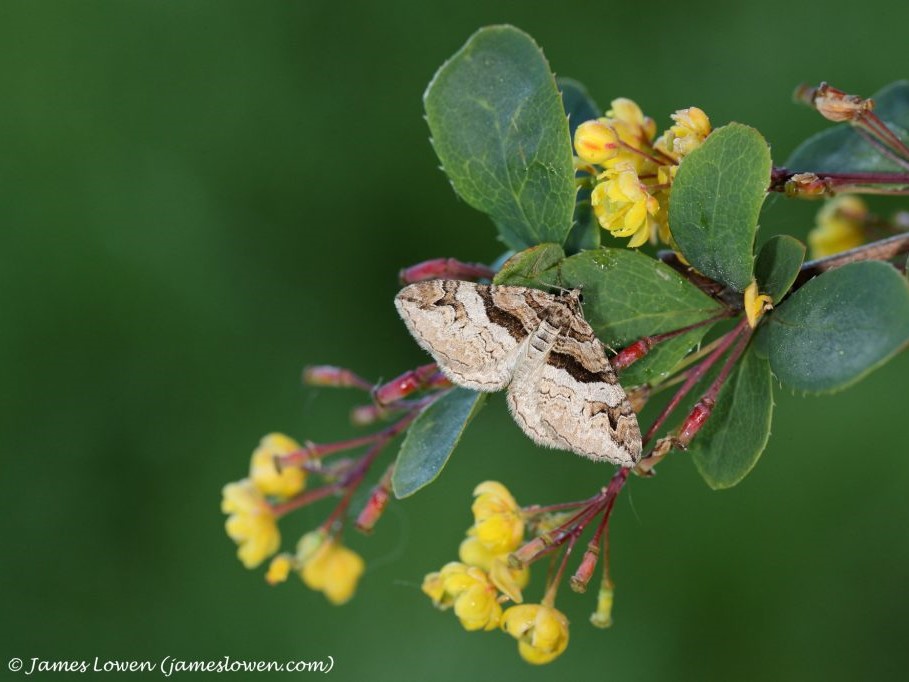
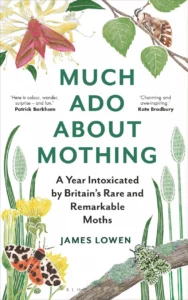 James Lowen is an award-winning writer whose work is regularly featured in The Telegraph, BBC Wildlife and Nature’s Home, among other publications. He is also an editor, lecturer, consultant and keen photographer.
James Lowen is an award-winning writer whose work is regularly featured in The Telegraph, BBC Wildlife and Nature’s Home, among other publications. He is also an editor, lecturer, consultant and keen photographer.
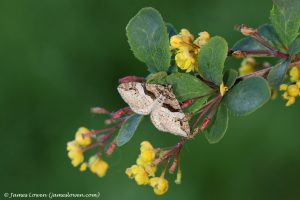 fragile creatures flying a thousand-plus miles). There’s wackiness too: china-mark moths, whose caterpillars live underwater; Sandhill Rustic, whose adults can swim underwater; Scarce Silver-lines, which sings from oak trees; various moths that are engaged in an evolutionary arms race with bats; Indian Meal Moth and Wax Moth, whose caterpillars can digest polyethylene and polypropylene (perhaps conceivably hinting at a solution to the global plastics problem?); and even one New World moth whose cells have proved critical for producing the Novavax COVID vaccine.
fragile creatures flying a thousand-plus miles). There’s wackiness too: china-mark moths, whose caterpillars live underwater; Sandhill Rustic, whose adults can swim underwater; Scarce Silver-lines, which sings from oak trees; various moths that are engaged in an evolutionary arms race with bats; Indian Meal Moth and Wax Moth, whose caterpillars can digest polyethylene and polypropylene (perhaps conceivably hinting at a solution to the global plastics problem?); and even one New World moth whose cells have proved critical for producing the Novavax COVID vaccine.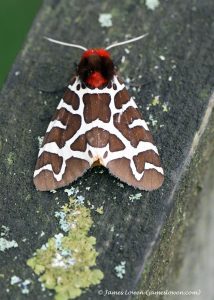 sun-loving, day-flying moth. I guess the other thing to emphasise is that whereas moth-trapping in your garden makes for gloriously lazy wildlife-watching, simply flick the switch and let the insects come to you, surveying moths in remote places is contrastingly hard work. After a long drive, often on the back of little sleep, you need to lug heavy generators and a fleet of moth traps up steep slopes or across difficult terrain. And then you need to stay alert all night to make sure you don’t miss anything. I didn’t get much sleep that year…
sun-loving, day-flying moth. I guess the other thing to emphasise is that whereas moth-trapping in your garden makes for gloriously lazy wildlife-watching, simply flick the switch and let the insects come to you, surveying moths in remote places is contrastingly hard work. After a long drive, often on the back of little sleep, you need to lug heavy generators and a fleet of moth traps up steep slopes or across difficult terrain. And then you need to stay alert all night to make sure you don’t miss anything. I didn’t get much sleep that year… 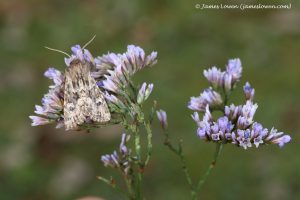 intrepid endeavours to safeguard
intrepid endeavours to safeguard